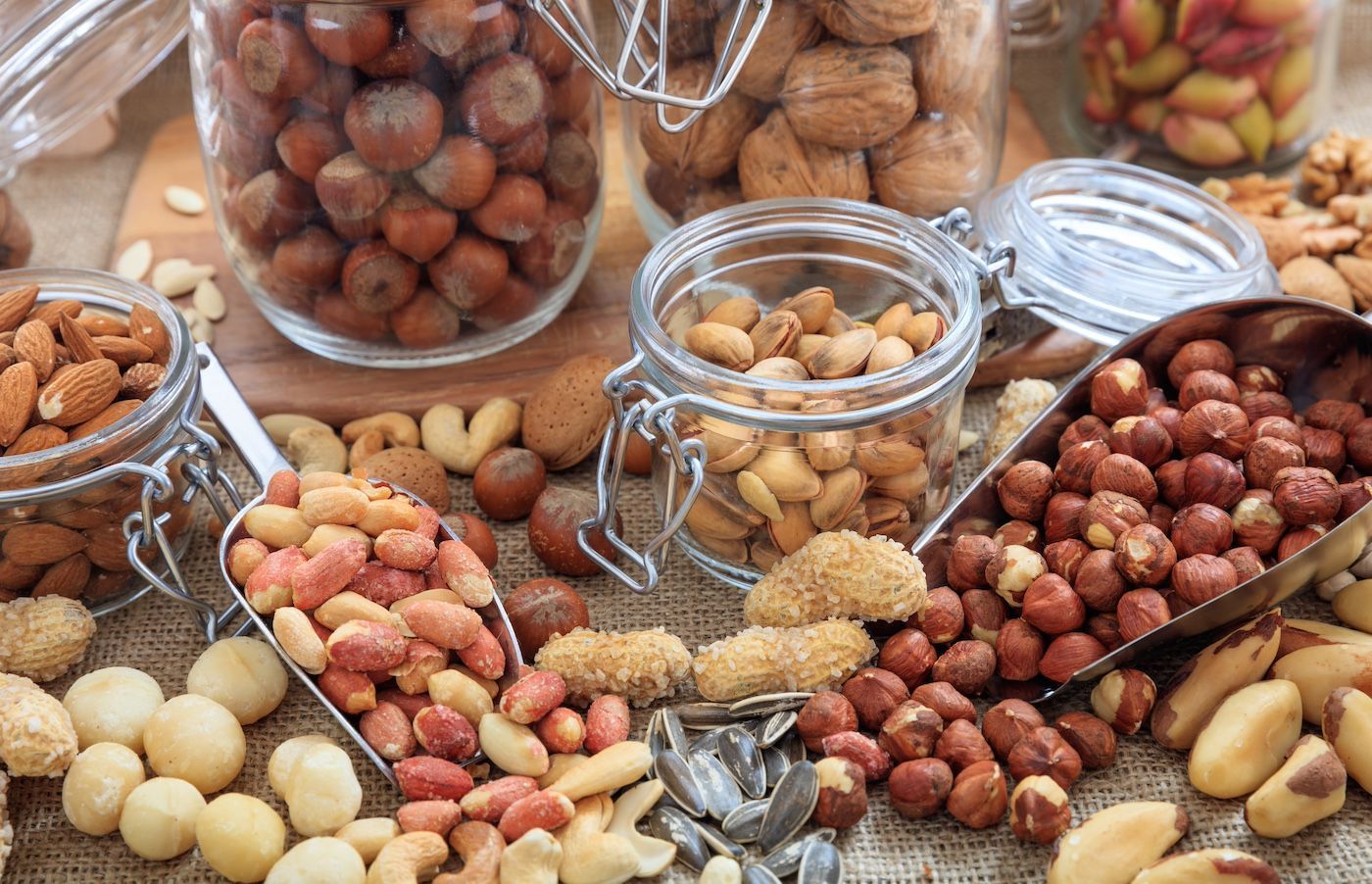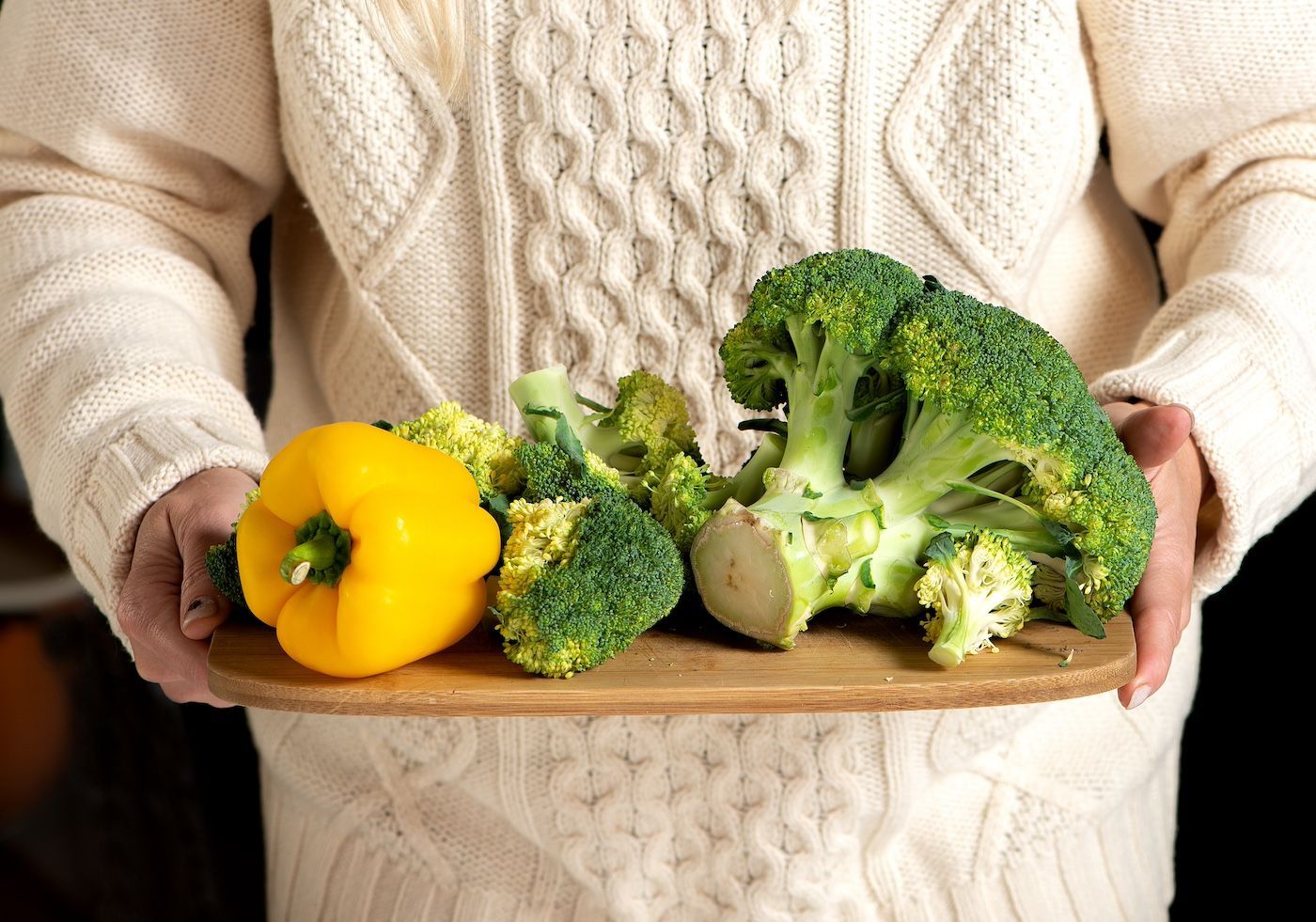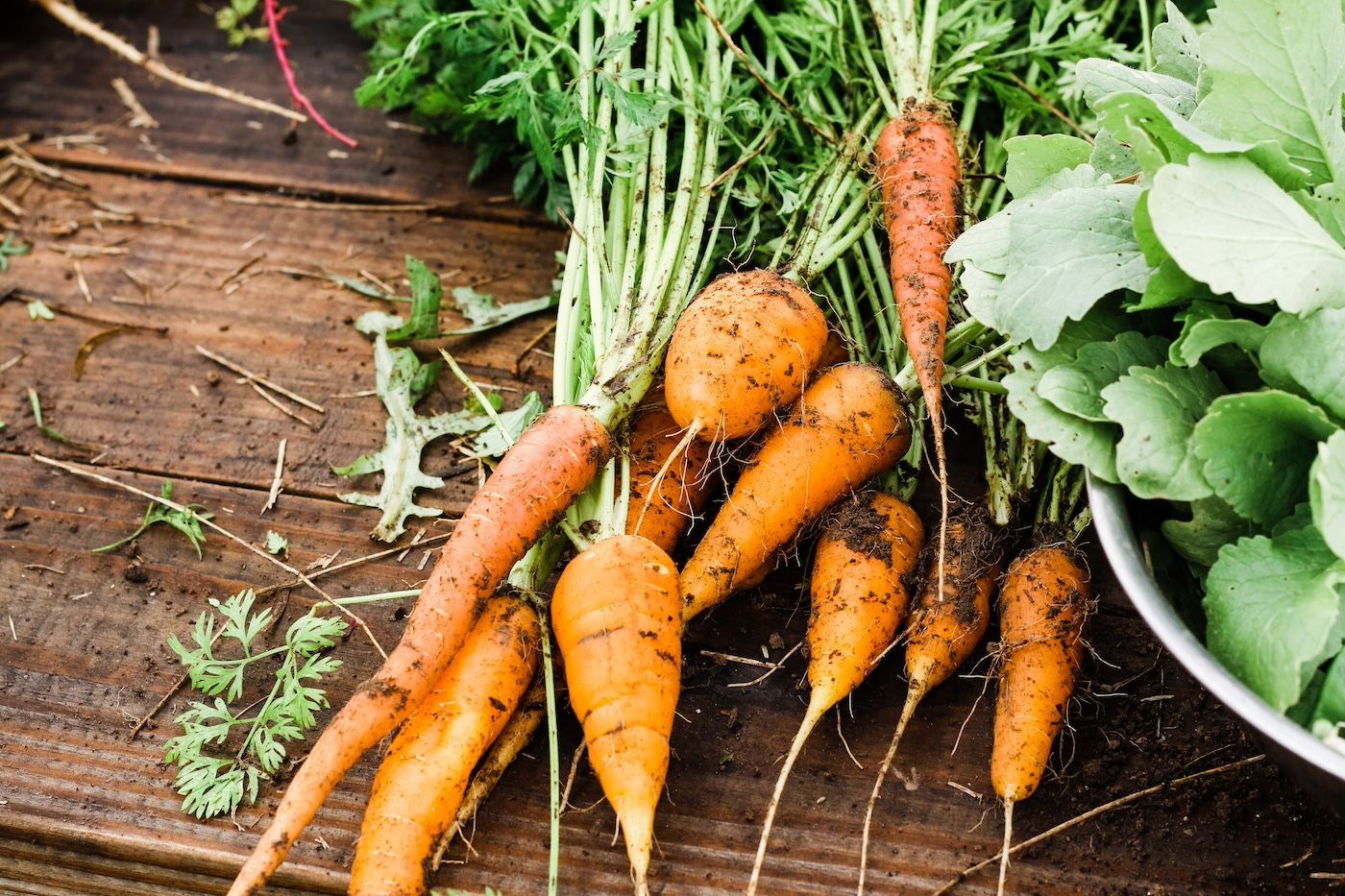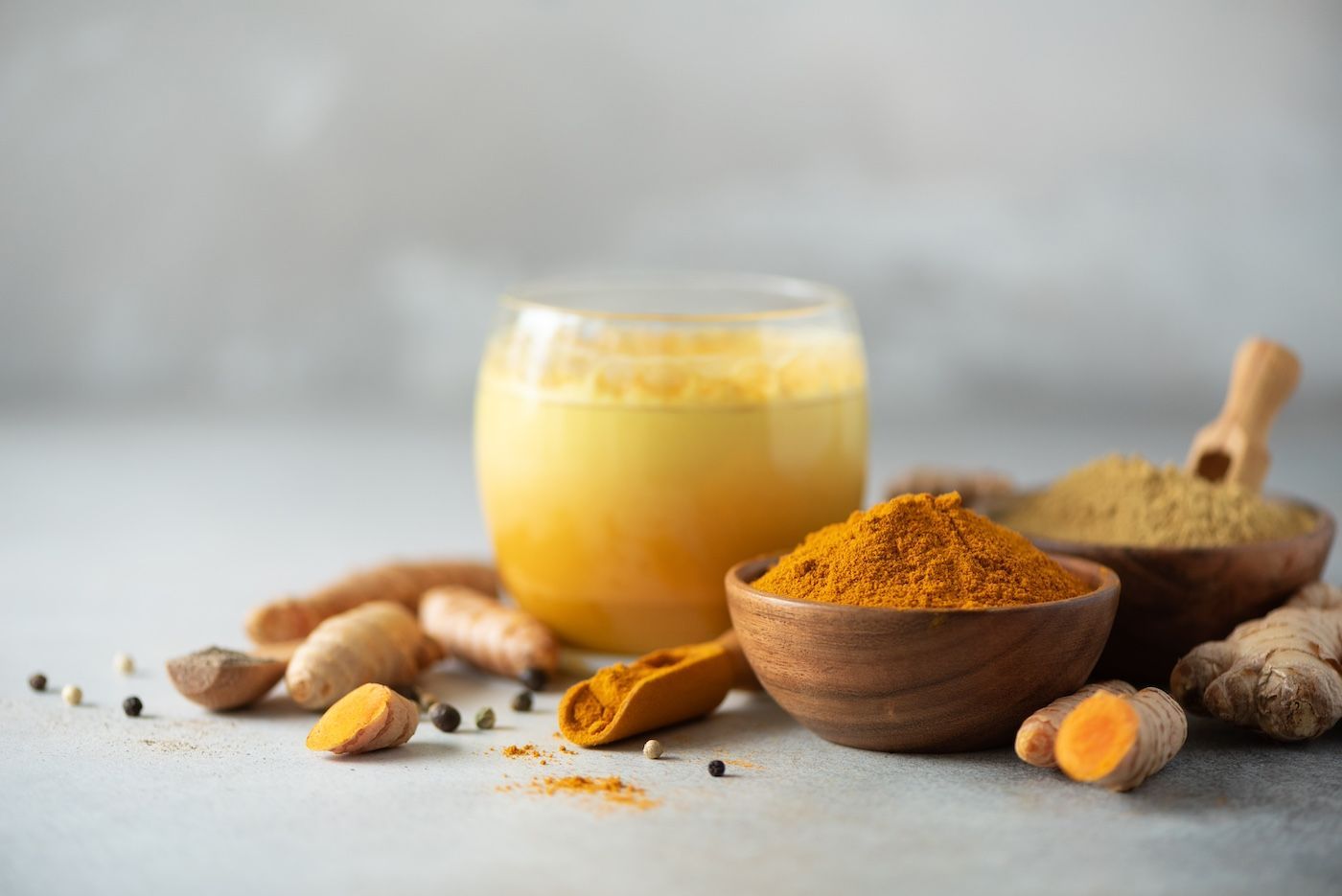Chews Your Health
Tomatoes
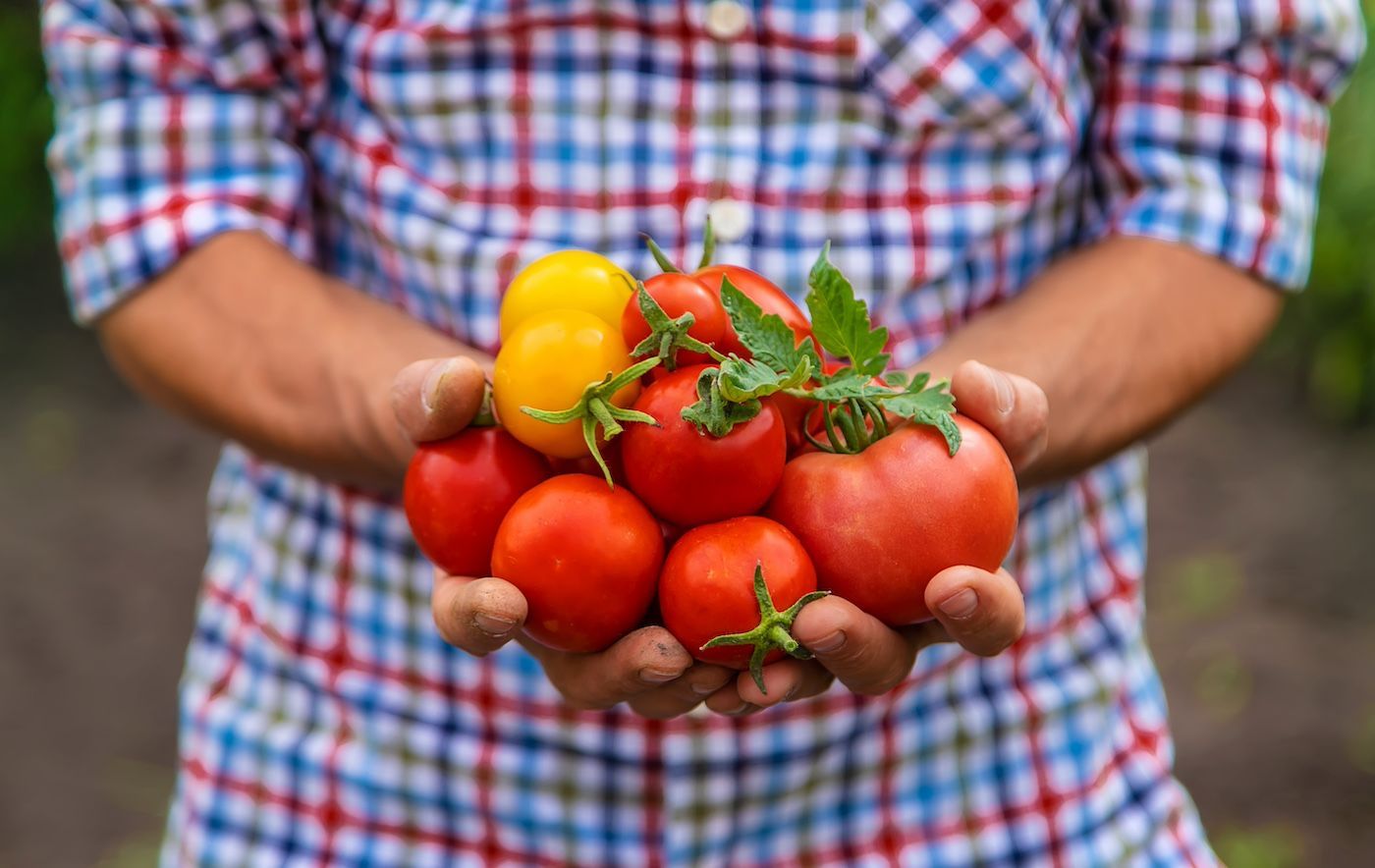
Why Tomatoes Are Great
Tomatoes are in the nightshade family and contain many varieties such as cherry, Roma, green, yellow, heirloom and beefsteak. They are categorized as a fruit, not a vegetable, but have a slightly sweet and acidic taste. In mid-Missouri, tomatoes should be planted from mid-April to mid-May and harvested from July through October.
Health Benefits of Tomatoes
Rich in antioxidants that protect from oxidative cell damage and stress, increase enzyme function, and can protect skin from UV damage.
Cardiovascular health: Antioxidants found in vitamins C & E help the heart to circulate oxygen throughout the body.
Phytonutrients prevent blood platelet coagulation. Lycopene prevents lipids found in cell membranes or circulating in the bloodstream to be oxidized or damaged (called lipid peroxidation).
Decrease some cancer risks: primarily for prostate, lung, pancreatic, and breast cancer.
Some studies have linked diets containing tomatoes with reduced risk of Alzheimer’s and obesity.
SELECTION & STORAGE
Select tomatoes that are ripe, colorful, and do not have dents, bruising, or holes.
Try to buy organic, as tomatoes are usually covered in pesticides. Always wash well before use.
Ripe tomatoes ready for use should be stored out of direct sunlight an in room temperature.
Tomatoes that are ripe but not used that same day, place in the door in the refrigerator to keep from further ripening for up to two days.
How to Use
In pasta sauces like marinara and bolognese
In dips like guacamole, salsa, and pico de gallo or used as bruschetta
In salads, soups, sandwiches, and wraps
Stuffed with quinoa, brown rice, ground meats, and vegetables
Baked into tomato pies, tarts, galettes, or shakshuka
In dishes like omelettes, and baked along side chicken breasts or fillets of fish

